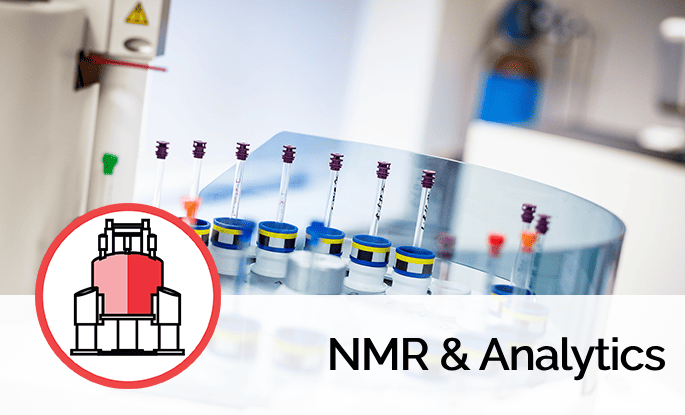Magnetic Resonance Imaging (MRI) represents a state-of-the-art technology both for research and diagnostic applications. However, the main limitation of MRI is its lack of sensitivity when compared to other techniques such as Positron Emission Tomography (PET). In the recent years, the development of hyperpolarized MRI (HP MRI) techniques employing 3He and 129Xe have allowed a sensitivity boost of 4 to 6 orders of magnitude when compared to traditional MRI.
3He presents low solubility and a high free-diffusion coefficient, thus making HP 3He MRI a valuable method for exploring air spaces in lungs using spin density imaging and measuring microstructural dimensions via restricted diffusion weighting. However, global quantities of 3He are limited, leading to high cost and motivating migration to the more widely available 129Xe, for which a few applications are indicated below:

Lung Imaging
MRI of hyperpolarized HP 129Xe MRI is increasingly utilized for investigating pulmonary function. The solubility of HP 129Xe in lung tissue, blood plasma and red blood cells with unique associated chemical shifts enables spectroscopic imaging of potential biomarkers of gas exchange and microstructural pulmonary physiology.

Brain Imaging
Washout of the 129Xe from the brain can be used as an indirect measurement of brain perfusion when studying neurodegenerative disorders influenced by 129Xe T1 relaxation and partition coefficient.

Cell Tracking
129Xe biosensors imaging using hyper-CEST MRI enables distinction between dissolved and bound 129Xe and can be used to detect cancer biomarkers, map enzyme activity, identify gene expression and assess blood brain barrier integrity.




















































